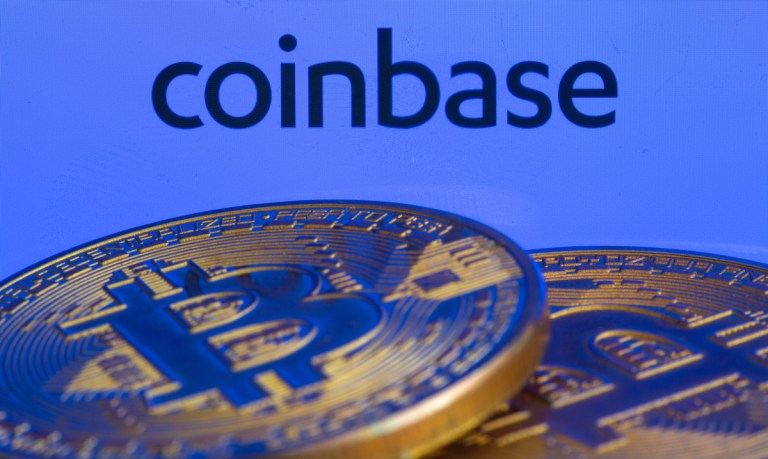
Coinbase, the largest U.S.-based cryptocurrency exchange, is ultimately a crypto story. And like all crypto stories, it has its downs — and its wild ups.
Coinbase reported earnings per share of $4.40 Thursday (May 2), compared to Wall Street expectations of $1.28, representing a 244.83% beat.
The crypto platform beat Wall Street revenue estimates as well, by a comparatively more modest 19.74%.
“Our platform’s performance in the first quarter is a clear indicator of the growing confidence and interest in digital assets,” said Coinbase Co-founder and CEO Brian Armstrong on the company’s first quarter 2024 earnings call.
“We are proud to safely store over 12% of total crypto market cap on our platform,” noted Coinbase Chief Financial Officer Alesia Haas on the call.
The company’s adjusted EBITDA of $1 billion for the most recent quarter was more than Coinbase generated during all of 2023.
But, like many crypto stories, while the exchange’s quarterly results were quite strong, there was some financial engineering happening behind the outsize revenue growth reported. As Coinbase executives noted to investors, revenue was boosted by a one-time $737 gain on paper that was a result of new accounting rules from the Financial Accounting Standards Board (FASB) that allow crypto firms to record increases in crypto prices on their balance sheets.
Per Armstrong’s shareholder letter, Coinbase is focused on driving revenue in three ways: through improvements to its core simple trading experience; growth in stablecoins; winning in the derivatives space, both in the U.S. and abroad; and driving international growth by investing in key markets.
On the stablecoin front, Coinbase’s USDC market cap increased over 30% year-to-date and is growing faster than major competitors.
“We see higher engagement from customers who hold USDC balances on our platform,” Armstrong said on the call.
“[The bitcoin] ETFs unlocked a flywheel of customer engagement across our Coinbase Prime product suite, and we were excited to see 40% of institutional clients engage with three or more products in Q1,” added Emilie Choi, president and chief operating officer at Coinbase.
While the first quarter of 2024 set a high bar for the company, Coinbase executives stressed their excitement around the introduction of new products and services, aimed at enhancing user experience and expanding the platform’s reach.
Payments, in particular, emerged as a key opportunity area.
Read also: What CFOs Should Know About the Growing Use of Stablecoins
“[We’re] driving utility in crypto,” Armstrong said on the call. “We’re doing this through Base, our low-cost Layer 2 solution, and building a better payments experience on crypto rails.”
“Base has helped dramatically reduce transaction fees and confirmation times, getting us closer to our goal of having the average crypto transaction take less than one second and cost less than $0.01 anywhere in the world,” he added.
Armstrong emphasized that payment fees, both crypto-driven and not, are a “shocking burden” for a lot of consumers and businesses.
“It still boggles my mind that every time you swipe your credit card, the merchant is losing 2%,” he said during the call. “It’s really just moving bits of data, kind of like sending a WhatsApp message, which is free. And so … why does that still exist as a 2% tax on every transaction in the economy?”
“I think we’ve seen in other technologies out there that as you reduce friction, you get more and more activity,” Armstrong added on the call. “And so I think it could lead to economic growth and all kinds of things, just lower fees that people are paying.”
Still, he noted that while Coinbase is working to introduce a smart wallet for crypto this summer, the company is not planning to build anything in the banking or insurance space.
“We’re also integrating USDC on Base across Coinbase products, creating nearly free instant global payments in a USD-denominated asset,” he said during the call. “This is a really, really big deal, as we now have direct line of sight to update the global financial system by reducing the billions in payment fees paid by consumers and businesses each year.”
For all PYMNTS crypto coverage, subscribe to the daily Crypto Newsletter.